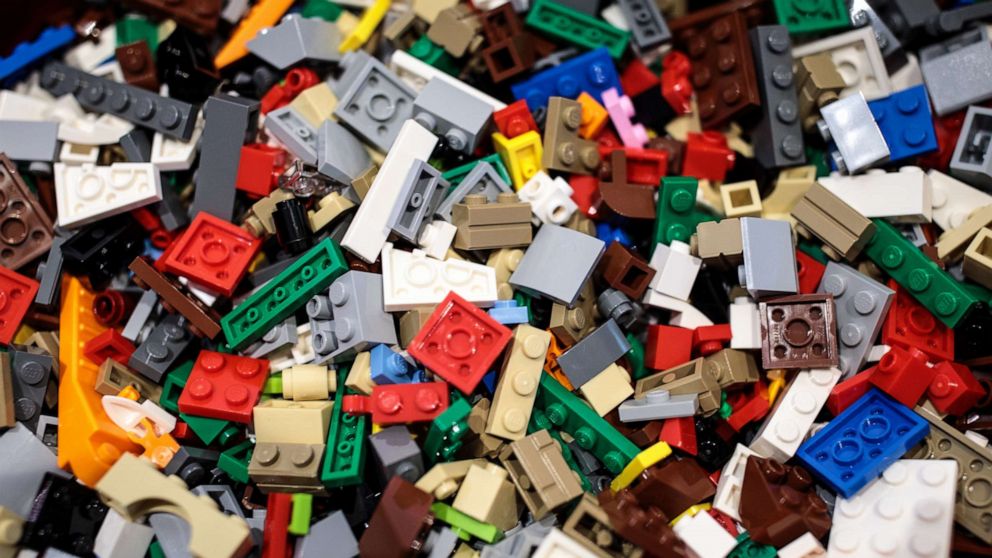Lego bricks for visually impaired, blind kids aim to make learning braille fun
Great strides have been made to help people who are visually impaired adapt to life without eyesight. Now, an emerging Lego product may revolutionize how blind children learn braille and encourage more interactive play with all kids.
Approximately 700,000 children and young adults in the United States have a vision disability, but as audio aids have become increasingly available, only about 8% of legally blind children are learning to read braille, according to the National Federation of the Blind.
The Lego Foundation’s project, Lego Braille Bricks, aims to create stackable blocks with braille dots in addition to printed letters, numbers and math symbols, the company announced in a press release on Wednesday. Altogether, the pilot program aims to help blind children play their way to learning braille.
Play is such an integral part of childhood development that it should be prescribed by doctors, according to the American Academy of Pediatrics.
“Play provides a singular opportunity to build the executive functioning that underlies adaptive behaviors at home; improve language and math skills in school; build the safe, stable, and nurturing relationships that buffer against toxic stress; and build social-emotional resilience,” a September 2018 report from the AAP said.
In a day and age where children are playing more with phones and tablets and using toys and their imaginations less, Lego seems to have found a way to turn its traditional blocks — and all the fun that comes with playing with them — into an educational tool that could potentially make learning braille more exciting and collaborative.
“Existing hands-on tools available to teach braille are very limited and restricted in terms of giving children the flexibility to trial, fail and try again to learn,” Stine Storm, manager of the Lego Foundation’s New Venture’s team and head of the Braille Bricks project, told ABC News.
Storm said that the new bricks would “break down the barrier and fear of making mistakes because they all of a sudden have a flexible tool in which they can easily play around with — in a way that has not been possible before.”
The American Printing House for the Blind is coordinating with Lego to begin testing the Braille Bricks in select schools starting in the fall 2019.
“American Printing House for the Blind is excited to see the Lego Foundation create a product that is inclusive, and will teach all children about braille,” said Craig Meador, president and CEO of the APH.
Lego Braille Bricks are currently being tested in English, Norwegian, Danish and Portuguese, and they will soon be tested in Spanish, French and German. The Lego Foundation’s goal is to distribute Braille Bricks to associated schools for the vision impaired all over the world, free of charge.
Charlyn Laserna is a pediatric resident physician in Houston, Texas, and a contributor to the ABC News Medical Unit.




